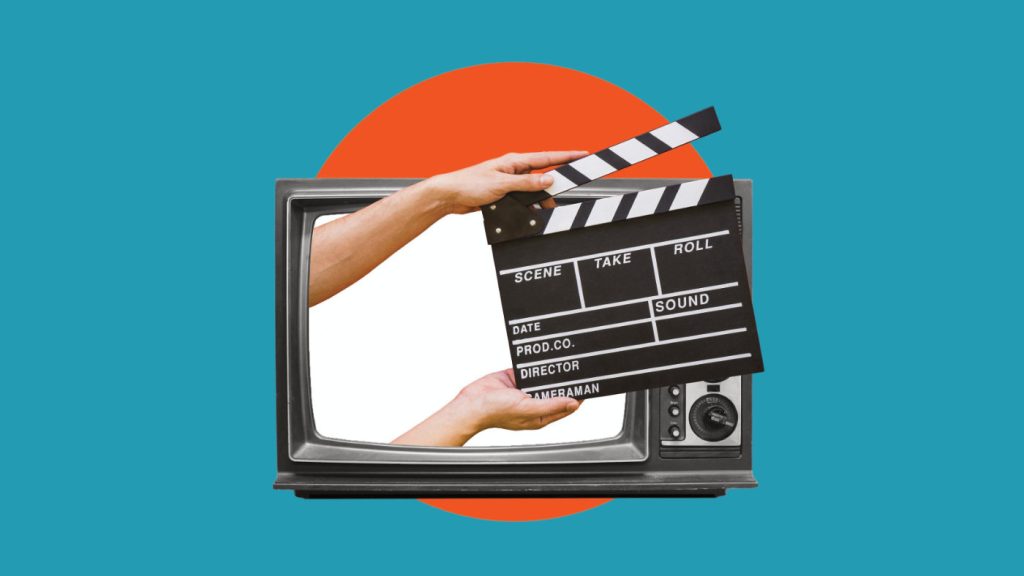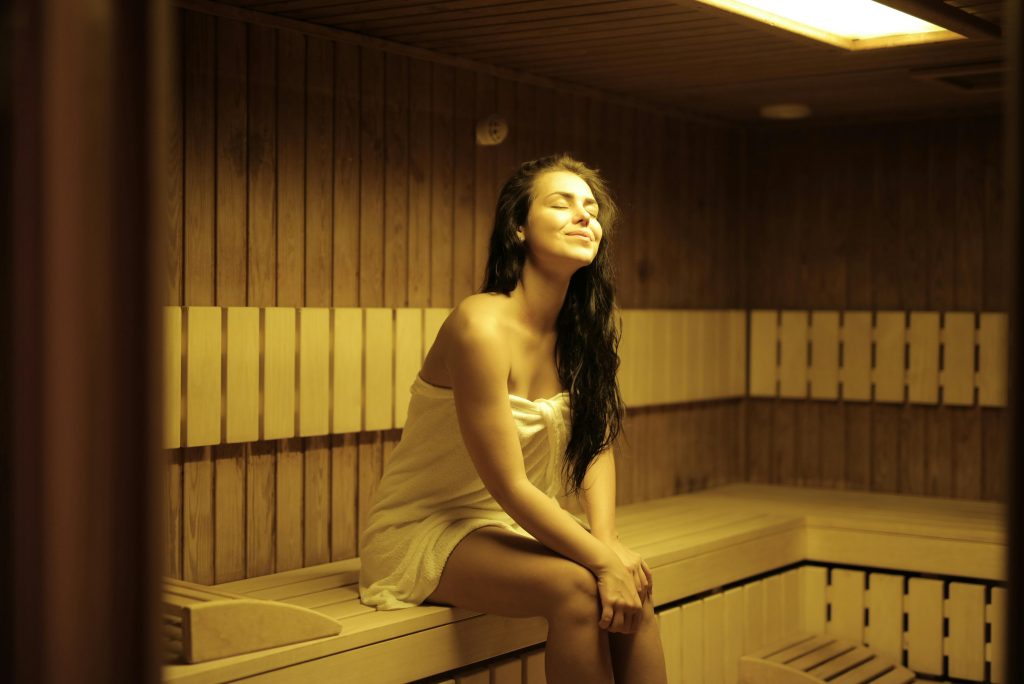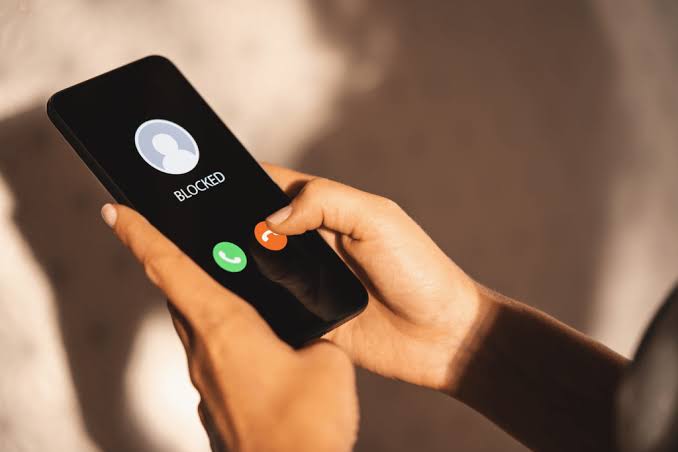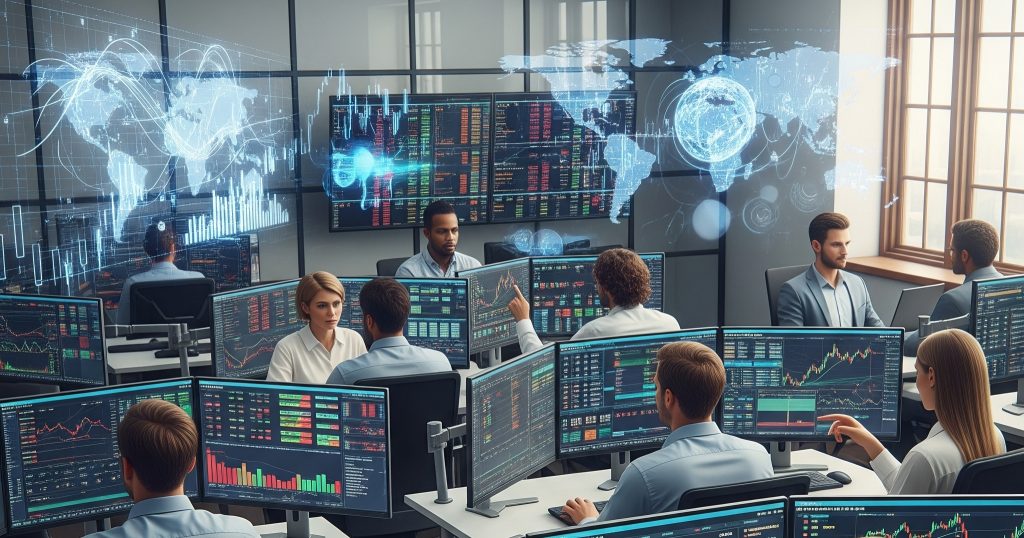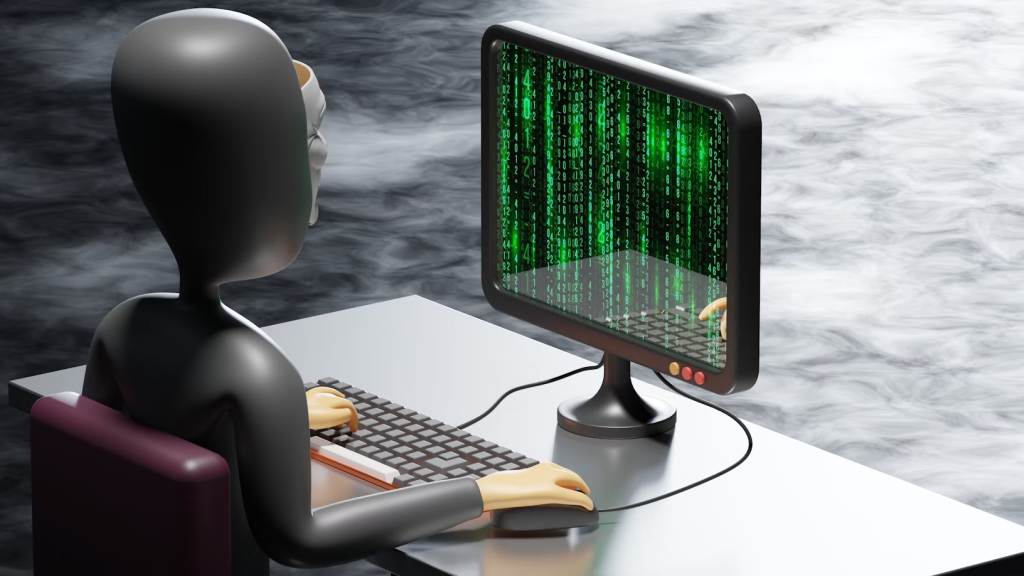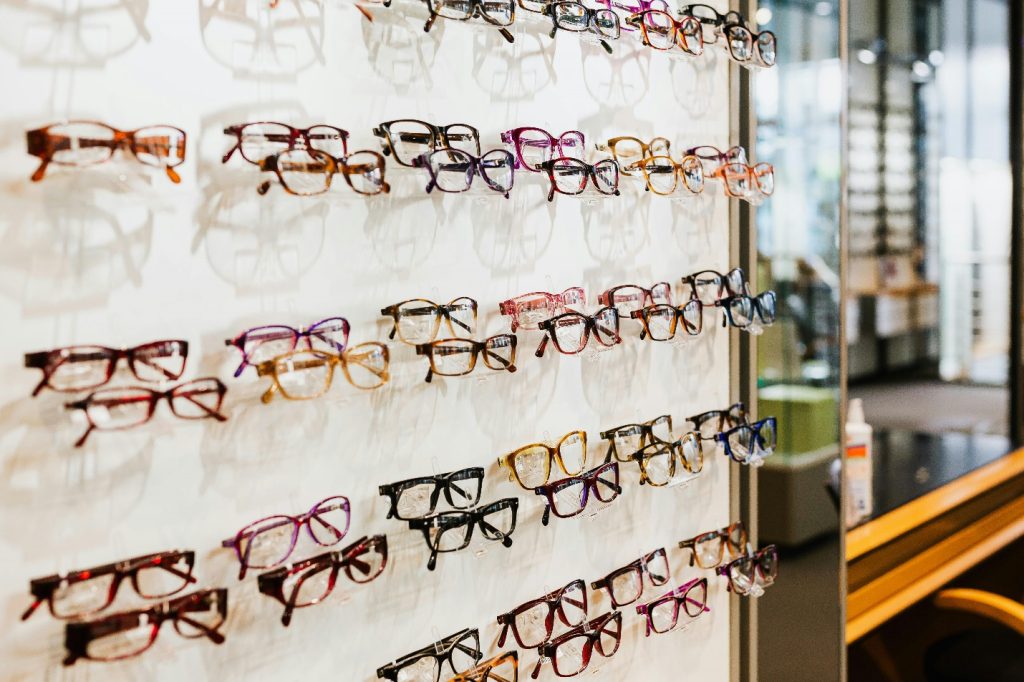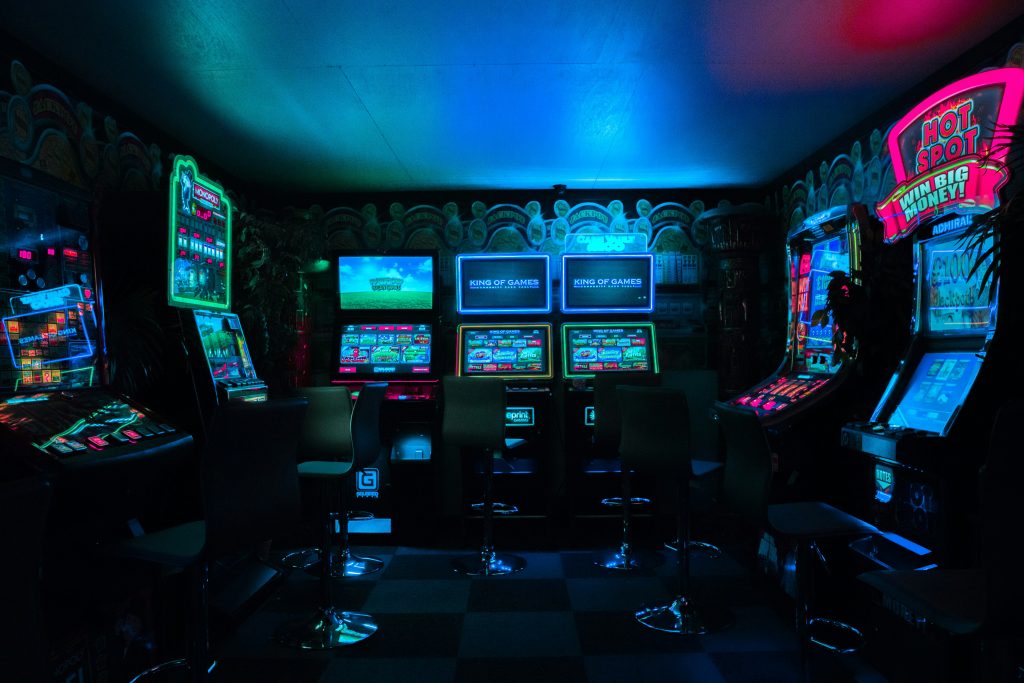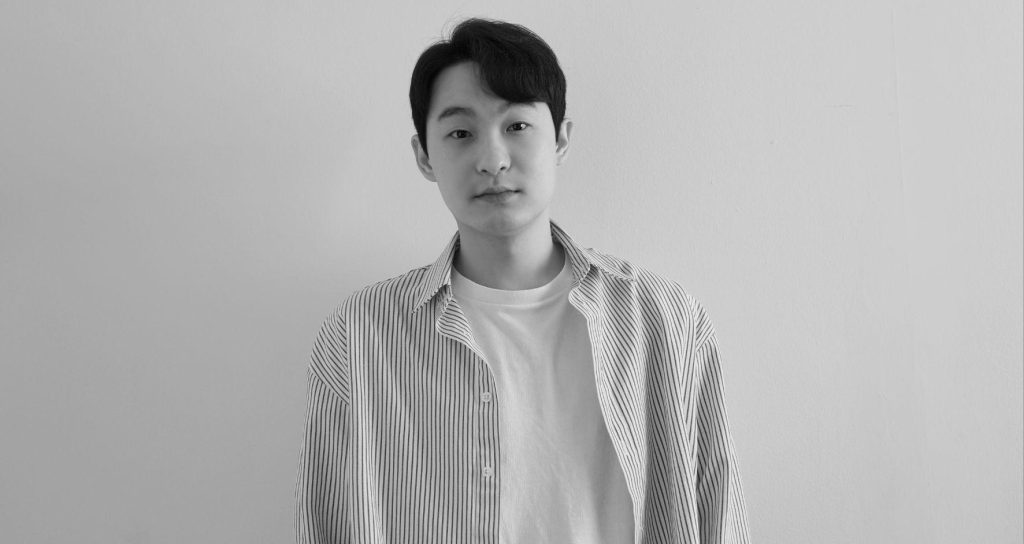A few months ago, I fell into a binge-watching rabbit hole of World War II documentaries. You know, grainy black-and-white footage, the same four interview clips recycled across episodes, and narrators who sounded like they were reading bedtime stories to ghosts. Fascinating stuff, but I kept picturing something better. What if D-Day wasn’t just map animations and scratchy recordings, but vivid re-creations with realistic visuals, dramatic reenactments, and voices brought back with nuance? I know AI can already be used for coloring old photos, rebuilding lost voices, generating entire environments, and restoring damaged audio with uncanny precision. These tools work like magic. So why not make documentaries?
AI Toolkit for Time Travel is Almost Ready
If you type “Marie Antoinette walking through Versailles” into a tool like Realmind.ai or Sora, a few minutes later, you’re watching photorealistic footage of the French queen strolling through her palace gardens. The silk rustles, sunlight catches the gold leaf on the walls, and you can almost smell the lavender. YouTube is filled with videos like this one. Fake interviews from Ancient Egypt are especially fun to watch.
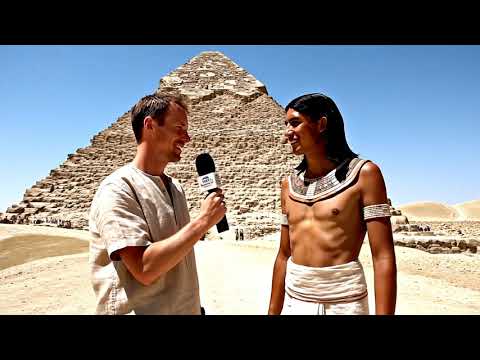
We’re inching closer to AI tools that could make it happen on a larger scale. DeepMind created Ithaca, an AI system that reconstructs missing historical inscriptions and dates them with remarkable accuracy. MIT Technology Review reported how these neural networks can fill gaps in ancient texts, essentially reading between the lines of history.
This would then need to be combined with data. Without data, AI is useless. The Time Machine Organization is digitizing historical documents to recreate entire past cityscapes. Genuinely, I get excited thinking about a Roman gladiator arena brought to life with AI visuals. Not the Hollywood version we’re used to, but something based on archaeological evidence, historical accounts, and painstaking research. The roar of the crowd, dust kicked up by chariot wheels, the architecture exactly as it would have appeared to someone sitting in those stone seats two thousand years ago. PBS and The Guardian have reported on AI’s ability to create photorealistic scenes that would have taken traditional film crews months and massive budgets to achieve. We’re talking about technology that can generate convincing historical environments from nothing but text descriptions and reference materials. For filmmakers working on shoestring budgets, this is revolutionary. You don’t need to rent castles or build elaborate sets. You just need imagination and the right AI tools.
The speed factor alone changes everything. Traditional documentaries about ancient civilizations often rely on stock footage, still images panned and zoomed, or expensive but brief reenactment scenes. AI could generate hours of historically accurate visuals in the time it used to take to plan a single day of shooting. That’s creative freedom most independent filmmakers have never had access to. But in all of this, what excites me the most is that AI can also process vast amounts of historical data to make educated guesses about how things might have looked, sounded, or felt. When you combine that analytical power with visual generation capabilities, you get something closer to time travel than traditional documentary-making.
The Wow Factor That Makes History Pop
AI documentaries have the potential to grab you by the shoulders and shake you awake. The best example I can think of is Eno, the 2024 documentary about musician Brian Eno that uses AI to create a unique version for every single screening. The film draws from 30 hours of interviews and 500 hours of archival footage, with a computer program selecting and editing different versions each time it’s shown. The result is 52 quintillion possible iterations, meaning no two viewings are ever the same. That concept, applied to historical documentaries, could be game-changing. Imagine a film about the American Civil War that emphasizes different battles, perspectives, or personal stories depending on the screening. One version might focus on the experiences of enslaved people seeking freedom, another on the economic factors driving the conflict, another on the military strategies. Each viewing would be educational but never repetitive.
Audio is also something that AI could bring to another level. AI’s ability to create multilingual narration opens doors for better storytelling. You could have Frederick Douglass narrating his own story in his reconstructed voice, or hear Joan of Arc speaking in medieval French with subtitles that capture the nuance of her era. Gartner reports that AI visuals are now 90% indistinguishable from real footage to average viewers. That’s not just impressive tech specs. That’s the difference between watching history and feeling like you’re living it. The gamification potential is wild too. AI could adapt historical documentaries based on viewer engagement, diving deeper into topics that spark interest or shifting perspectives when attention wanes. It’s like having a personal history tutor who knows exactly when you’re getting bored with the Treaty of Versailles and pivots to the cultural explosion of 1920s Berlin.
This technology makes me care about historical events I’d normally skim past in textbooks. The fall of Constantinople in 1453 sounds dry until AI shows you the massive siege cannons, the desperate defending troops on the city walls, and the moment when centuries of Byzantine history came to an end. The Black Death sweeping through medieval Europe? Academic until you’re walking through empty village streets or seeing the abandoned houses.
The Trust Problem We Can’t Ignore
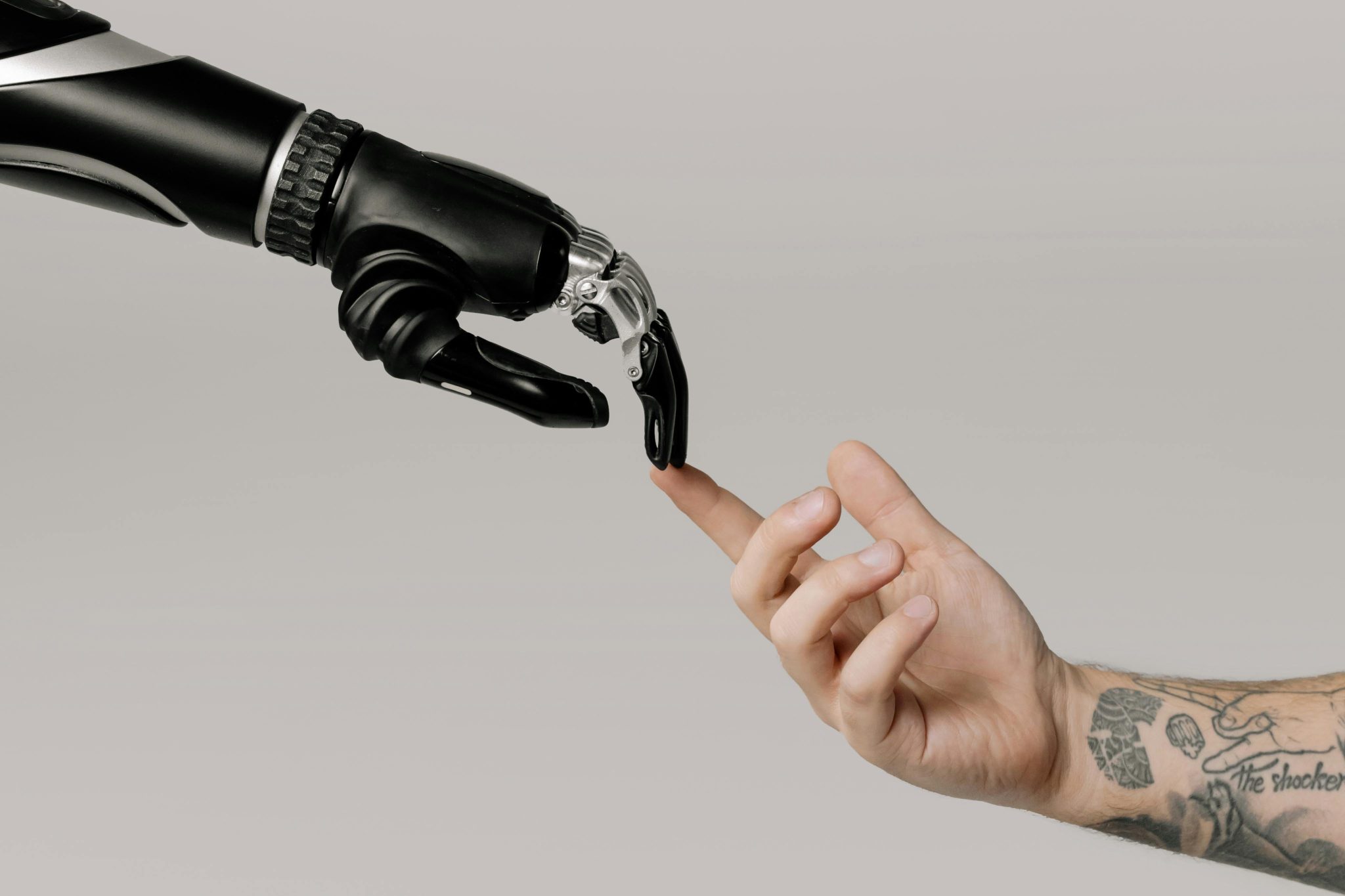
Here’s where things get complicated, and I start feeling uneasy. The Archival Producers Alliance (APA) developed guidelines for AI use in documentaries, emphasizing transparency as the heart of ethical practice. They formed these guidelines after incidents like the Anthony Bourdain documentary Roadrunner, which used AI to generate the late chef’s voice for quotes he never actually spoke aloud. The backlash was swift and brutal. The APA guidelines encourage filmmakers to seriously weigh the ethics of using AI-generated content and stick to four principles. The value of primary sources, transparency, legal considerations, and ethical considerations when creating human simulations. They warn that transparency goes beyond viewer understanding, cautioning filmmakers about how AI footage from their documentaries might have a life beyond their original project. And personally, this hits close to home. I love the idea of hearing historical figures speak in their own voices, but what if those voices are saying things they never said? What if AI generates a stirring speech by Martin Luther King Jr. based on his speaking patterns and known beliefs, but the specific words are artificial? Even with good intentions, we’re entering dangerous territory.
The International Documentary Association praised films like Welcome to Chechnya (2020), which used deepfakes to protect vulnerable subjects from persecution. That’s AI serving human dignity and safety. But they also warn about the slippery slope when AI-generated content isn’t clearly disclosed to audiences. My personal unease grows when I think about AI blending fact and fiction without clear labels. We’re already living through an era where people struggle to distinguish reliable information from misinformation. Adding photorealistic AI-generated historical footage to the mix without transparent labeling could make that problem exponentially worse.
What happens when someone clips AI-generated footage from a documentary and shares it on social media as “real historical footage”? Or when students cite AI-generated historical reenactments in research papers without understanding their artificial nature? The technology that could make us all history enthusiasts might also make us susceptible to believing beautifully crafted lies. The guidelines are clear about watermarking AI-generated content during production and disclosure to audiences. But enforcement remains voluntary, and the pressure to create compelling content without breaking budgets might tempt filmmakers to cut corners on transparency. I’m not arguing against AI in historical documentaries. I’m arguing for honesty about what we’re watching. When AI fills gaps in the historical record, viewers deserve to know where facts end and educated speculation begins.
The Past is Open to Reinvention
The next time you walk into a museum, sit in a classroom, or queue up a documentary, you might be stepping into a history no human has seen for centuries, rebuilt from scraps of evidence, reimagined by algorithms, and rendered in such vivid detail that you can almost feel the air of that lost moment. The question is no longer whether AI will transform how we explore the past. It already has. The question is whose hands will guide that transformation. Will we use it to restore silenced voices, to fill in gaps left by erasure and neglect? Or will we let convenience and spectacle smooth over complexity, turning the past into something that’s entertaining but hollow?
This isn’t just a decision for filmmakers or archivists. As viewers, educators, and citizens, we have a say in the kind of history we choose to consume and share. We can demand honesty when fiction blends with fact. We can push for the inclusion of perspectives history books ignored. And we can decide whether AI becomes a partner in preserving the past, or a filter that distorts it. And if you’ve ever imagined a moment in history you’d love to see re-created, be sure to share your vision with those shaping the future of AI interactions.
So if you could stand in any moment in history, watching it unfold around you, which would you choose? And when the moment came, how much of it would you trust if you knew an algorithm helped bring it back?


